Introduction
Fresh peas, with their vibrant green hue and sweet, tender flavor, are a delightful addition to any meal. Whether you enjoy them steamed, sautéed, or incorporated into salads and soups, peas offer a nutritious and versatile culinary option. However, maintaining the freshness of these delicate legumes can be challenging, especially if you’ve harvested or purchased more than you can consume immediately. In this comprehensive guide, we will explore various methods for preserving fresh pea pods to ensure they retain their optimal freshness, texture, and flavor for as long as possible.
Understanding Fresh Pea Pods
Before diving into preservation techniques, it’s crucial to understand the unique characteristics of fresh pea pods. Peas are classified as a cool-season crop, thriving in temperatures ranging from 45°F to 75°F (7°C to 24°C). They are highly perishable and begin to lose quality rapidly once harvested. This rapid decline is due to their high moisture content and sensitivity to environmental factors such as heat, light, and oxygen exposure.
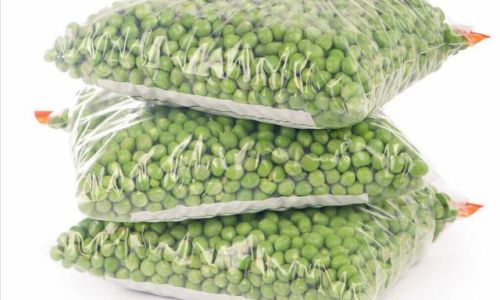
Fresh pea pods come in various types, including English peas (also known as garden peas), snow peas, and snap peas. Each variety has its own unique texture and flavor profile, but they all share the need for proper handling and storage to maintain freshness.
Initial Handling: From Harvest to Storage
-
Timing is Key
Harvest peas when the pods are fully developed but still tender. Overripe pods will contain larger, starchier peas that lack the sweetness of younger pods. For best results, harvest in the early morning when temperatures are cooler to minimize stress on the plants and preserve the quality of the peas. -
Proper Harvesting Technique
Use a sharp knife or pruning shears to cut the pods from the vine, leaving a small stub to avoid damaging the plant. Handle the pods gently to prevent bruising, which can lead to premature spoilage. -
Immediate Cooling
Once harvested, cool the peas as quickly as possible to slow down respiration and enzyme activity that cause deterioration. This can be done by placing them in a shallow container and covering them with a damp cloth, then refrigerating. Ideally, peas should be chilled to 32°F to 40°F (0°C to 4°C) within a few hours of harvest.
Short-Term Preservation Methods
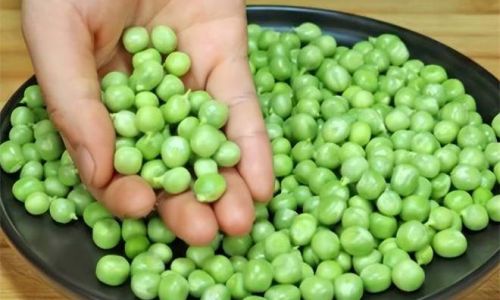
For those planning to consume their peas within a few days, the following short-term preservation methods are effective:
-
Refrigeration
Store fresh pea pods in an airtight container lined with a paper towel to absorb excess moisture. Place the container in the crisper drawer of your refrigerator, where humidity is controlled and temperatures are consistent. Use within 3 to 5 days for optimal freshness. -
Freezing in Ice Water
For slightly longer storage, you can use the ice water method. Fill a bowl with ice and cold water, then submerge the pea pods. This method, known as hydro-cooling, helps to further chill the peas and maintain their quality. After 15-20 minutes, drain the water, pat the pods dry, and store them in an airtight container in the refrigerator. Use within 5 to 7 days.
Long-Term Preservation Techniques
For those looking to extend the shelf life of their fresh peas beyond a week, long-term preservation methods such as freezing, canning, and drying are more suitable.
-
Freezing Fresh Peas
Freezing is one of the most popular and effective methods for preserving fresh peas. Here’s a step-by-step guide: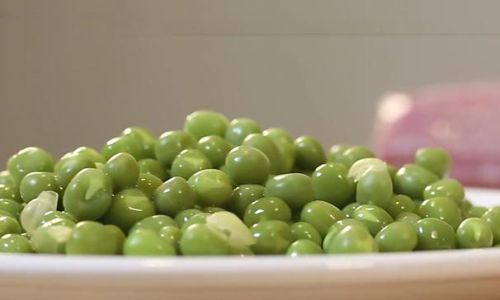
-
Preparation: Sort through the peas, removing any that are damaged, discolored, or overripe. Rinse the pods under cold running water and pat them dry with a clean towel.
-
Shelling: Remove the peas from their pods. This can be done by gently snapping the pod open or using a paring knife to slice along one side.
-
Blanching: Blanching is crucial for stopping the enzymatic action that causes spoilage and helps to retain color and texture. Bring a large pot of water to a rolling boil. Add a small amount of salt (optional) and a tablespoon of vinegar (to help retain green color). Immerse the peas in the boiling water for 2 to 3 minutes. Use a slotted spoon or strainer to quickly transfer the peas to an ice water bath to stop the cooking process.
-
Drying: Drain the peas well and pat them dry using a clean kitchen towel or paper towels. Excess moisture can cause freezer burn.
-
Packaging: Spread the peas in a single layer on a baking sheet lined with parchment paper and place in the freezer until frozen solid. This prevents them from clumping together. Once frozen, transfer the peas to airtight freezer bags or containers, removing as much air as possible to prevent freezer burn. Label with the date and use within 8 to 12 months for best quality.
-
-
Canning Fresh Peas
Canning is another effective long-term preservation method, although it requires more equipment and time. Here’s how to do it: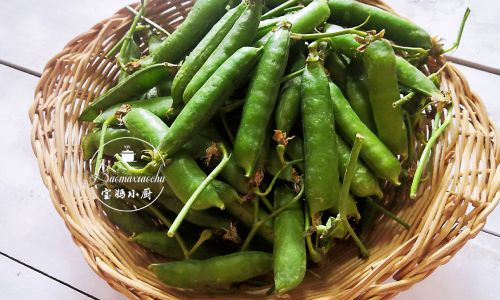
-
Preparation and Shelling: Follow the same steps as for freezing, preparing and shelling the peas.
-
Blanching: Blanch the peas for 2 to 3 minutes in boiling water, then plunge them into ice water to stop the cooking process.
-
Packing: Preheat your canning jars and lids in hot water. Pack the peas loosely into the jars, leaving a 1-inch headspace. Add boiling water to cover the peas, leaving the same 1-inch headspace. Wipe the jar rims clean with a damp cloth to remove any food residue.
-
Processing: Place the lids and rings on the jars and process in a boiling water canner. For pint jars, process for 25 minutes at altitudes of 0 to 1,000 feet; adjust the time for higher altitudes as needed. After processing, remove the jars from the canner and let them cool completely. Check for seals by pressing the center of each lid; it should not move up or down. Store sealed jars in a cool, dark place for up to a year.
-
-
Drying Fresh Peas
Drying peas is less common but can be done if you prefer a dried legume for future use in soups, stews, or as a snack. Note that dried peas will have a different texture and flavor than fresh or frozen ones.-
Preparation and Shelling: Prepare and shell the peas as usual.
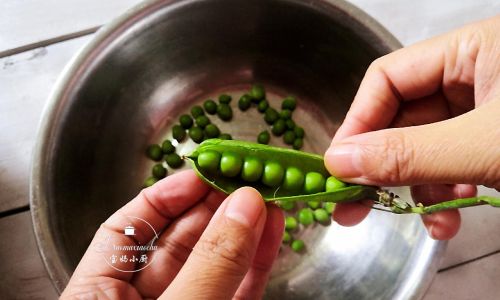
-
Blanching: Blanch the peas for 3 minutes in boiling water, then plunge them into ice water.
-
Drying: Pat the peas dry and spread them in a single layer on drying racks or trays. Use a food dehydrator set to a temperature of around 115°F (46°C) or an oven with the door slightly ajar at the lowest setting. Dry until the peas are brittle and the moisture content is reduced to about 10%. This can take several hours to a day, depending on the drying method and humidity levels.
-
Storing: Store dried peas in airtight containers in a cool, dark place. They can be kept for several months to a year, but their quality will gradually decline over time.
-
Conclusion
Preserving fresh pea pods requires careful handling and the right techniques to maintain their delicate texture and sweet flavor. Whether you opt for short-term refrigeration or long-term methods like freezing, canning, or drying, following these guidelines will help ensure your peas stay fresh and delicious for as long as possible. With the right preservation strategies, you can enjoy the sweet, nutritious taste of fresh peas throughout the year.
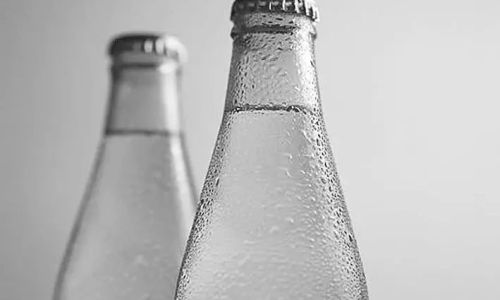
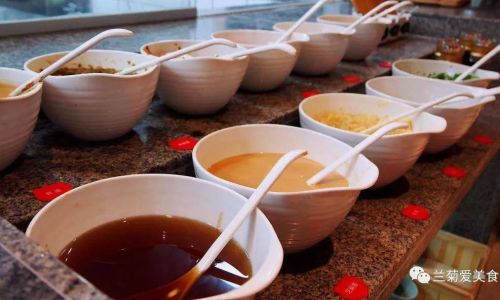

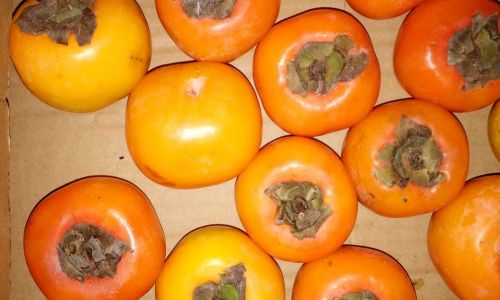
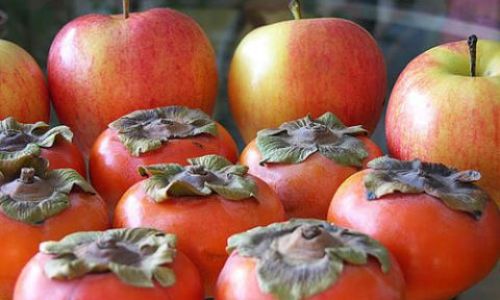
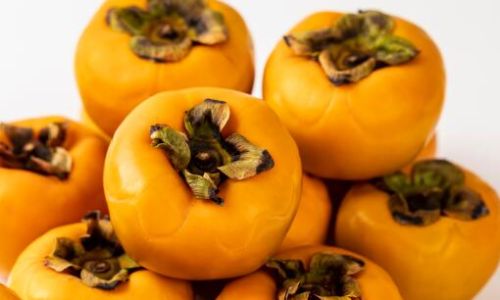
0 comments